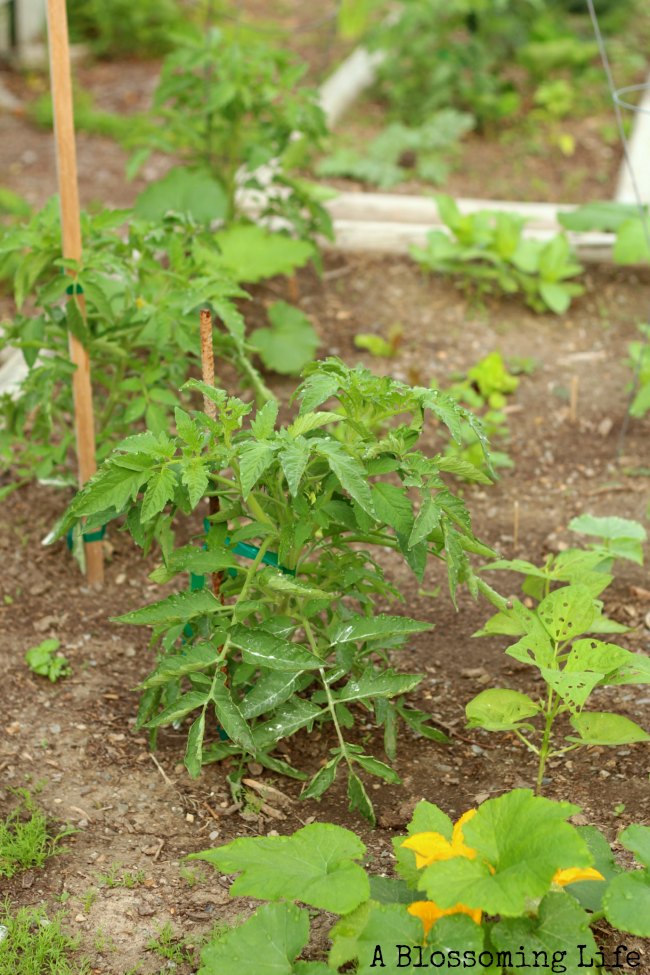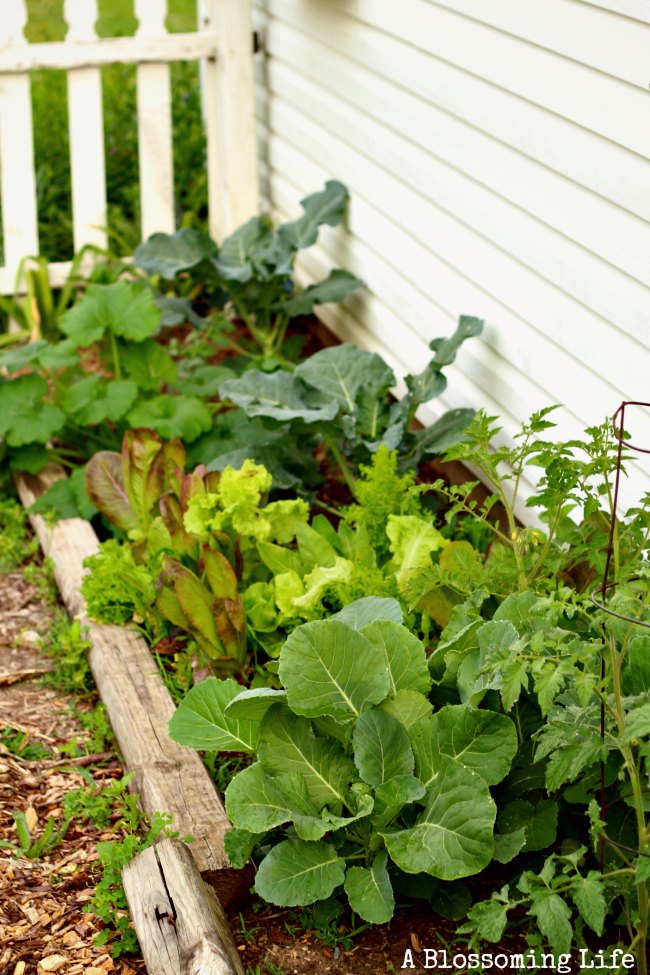How to Water Your Garden Properly
This post may contain affiliate links. Read disclosure policy.
The garden is coming along great! We are getting tons of strawberries and lettuce! All the plants are in the ground and doing well…. Now. Since this my first year with a real garden I’ve learned a lot of lessons. One of the most important things for gardening is watering! Kind of an obvious one since water is essential to life, but figuring out how to water properly can be tricky.
The people around you can be a great resource! I’ve learned a lot from talking to neighbors who have been gardening for years, the previous owner of our house (who is amazing by the way), and researching online. I now know why my container garden didn’t do so well two years ago. I had some serious watering issues!
Seriously though, watering can be a confusing thing! Overwatering and under watering can show similar symptoms.
Signs of Overwatering:
- Yellowing leaves
- Browning at the tips
- Wilting/limp leaves
- Blisters
- Stunted growth
- Root rot/death
Signs of Under Watering:
- Browning, wilting, and drying of leaves especially towards the bottom.
- Leaves feel dry and crispy when you hold them
- No new growth
- Death
Learning When to Water and How Much!
Look for signs of over watering and under watering and then check your soil and access the situation.
Wrong Way: What I used to do was water a little bit every day. Yea… that’s not so good! Watering only a little bit every day can cause over watering or under watering depending on the weather. You can underwater by not ensuring the roots have gotten adequate water. This can cause over watering because you could be watering when your plants have enough water.
Better Way: Water less often with more water. Once plants are well established they don’t need to be water all of the time (unless it has been extremely hot and hasn’t rained). Dig down at least 4-6 inches to see how moist the dirt is. If it is dry then water it… If it is still moist check back tomorrow. When you do water, make sure to give your plants a good slow water to ensure water has gotten to the roots. Unless you have a water garden plant!
Save This Recipe
You can see my beans have been eaten by some bugs! No worries, I made some homemade bug spray to keep them away!
Water in the morning! Too much evaporation can occur if watering in the afternoon. Fungal growth and rot can occur if you water at night.
Many places I researched said if the ground looks dry and is cracking than you need to water. NOT ALWAYS TRUE! With our raised beds I could water thoroughly and the ground would still looked cracked and dry later in the day. Digging down to see how wet it is prevents overwatering.
Focus watering on the roots. The leaves don’t need watering and can cause spread of disease.
It is better to water by hand rather than using sprinkler and letting it go for a while. That way you can control how much water each plant gets and only water the plants that actually need it. Some plants don’t require as much water as others and some spots in the garden may drain better than others. You can see which plants need more water than others here.
Other Helpful Tools
- Get a Soil Moisture Meter
to help you better understand when to water.
- Mulch the garden well to help keep moister in and reduce watering!
- Keep your garden weeded well! This is our project this weekend. Since we were gone for the weekend and this week has been crazy we haven’t had much time to do so!
Hope this helps with any watering issues you may have! Do you have any great gardening tips? I would love to hear them!




